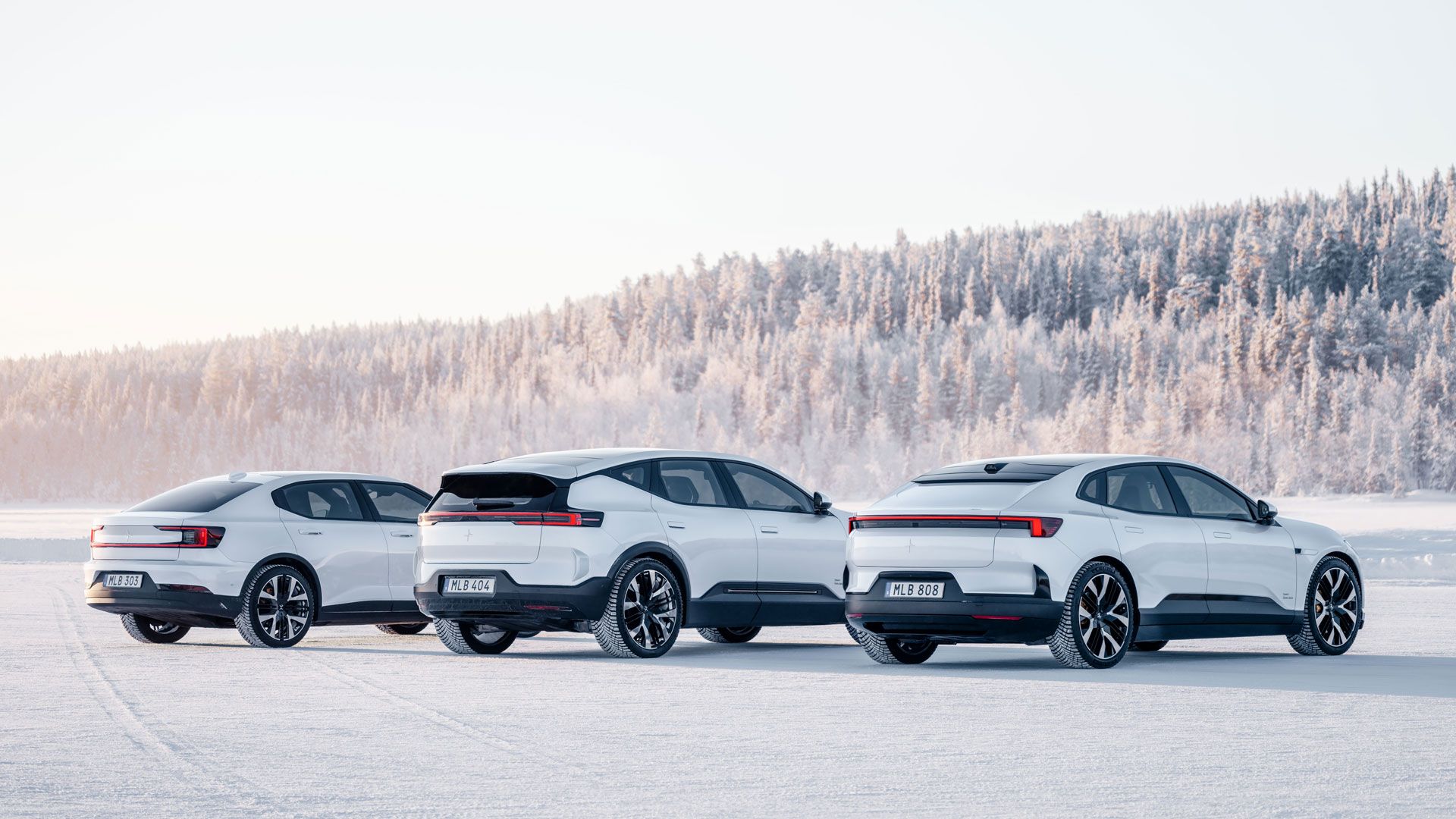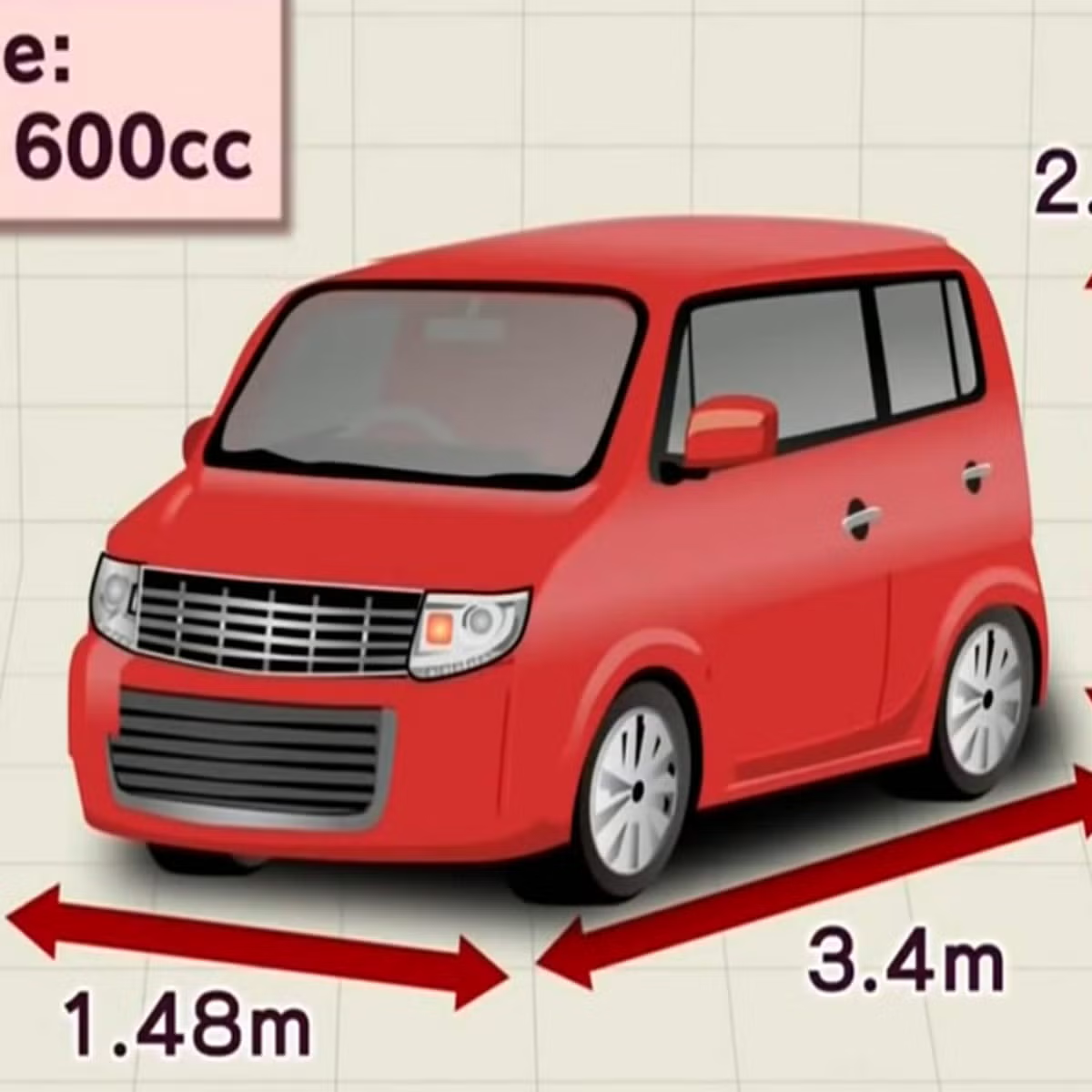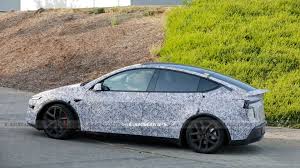
Introduction
In the rapidly evolving automotive landscape, electric vehicles (EVs) are taking centre stage, and Polestar is positioned as a key player leading this transformation. Originating from a collaboration between Volvo and Geely, the brand is set apart by its commitment to sustainability and exceptional performance, offering consumers an environmentally friendly yet thrilling driving experience. As the demand for electric cars continues to grow, understanding Polestar’s role in this market becomes increasingly vital.
Polestar’s Journey
Polestar was initially founded in 1996 as a racing team and later became Volvo’s performance division. However, in 2017, it was rebranded into an independent company focusing on high-performance electric vehicles. The Polestar 1, launched in 2019, marked the brand’s foray into luxury plug-in hybrids, while the subsequent Polestar 2, released in 2020, solidified Polestar’s mission by offering an all-electric alternative.
Current Developments
Polestar has recently made headlines with the announcement of its upcoming models, including the Polestar 3, an all-electric SUV set to launch soon, and the Polestar 5, a high-performance electric GT. The company is also enhancing its manufacturing strategies, with plans to establish its production in the USA to cater to a growing North American market.
In addition to vehicle innovation, Polestar is furthering its sustainability credentials. The brand has vowed to become carbon neutral by 2030, implementing rigorous measures across the supply chain, from material sourcing to production methods, ensuring minimal environmental impact.
Market Positioning
Polestar targets consumers looking for performance and sustainability, positioning itself against competitors such as Tesla, BMW, and Audi. With a focus on technology, the vehicles come equipped with cutting-edge infotainment systems powered by Android, enhancing user experience while ensuring seamless integration with consumers’ digital lives.
The brand’s design philosophy, characterised by minimalist aesthetics and a focus on functionality, has also garnered positive acclaim, appealing to eco-conscious drivers who value both style and substance. As the global shift towards electric mobility accelerates, Polestar continues to gain recognition and build its brand identity.
Conclusion
As Polestar expands its lineup and market reach, it not only contributes to the electric revolution but also sets a precedent for the future of sustainable transportation. Consumers are increasingly aware of their choices and the lasting impact these decisions have on the environment. Polestar’s commitment to performance and sustainability positions it favourably for continued success in the burgeoning electric vehicle market, suggesting a promising future for the brand as it drives towards an eco-friendly automotive era.
You may also like

Unveiling Kei Cars: The Charm of Japan’s Compact Vehicles

The Enduring Legacy of Austin Healey Sports Cars
